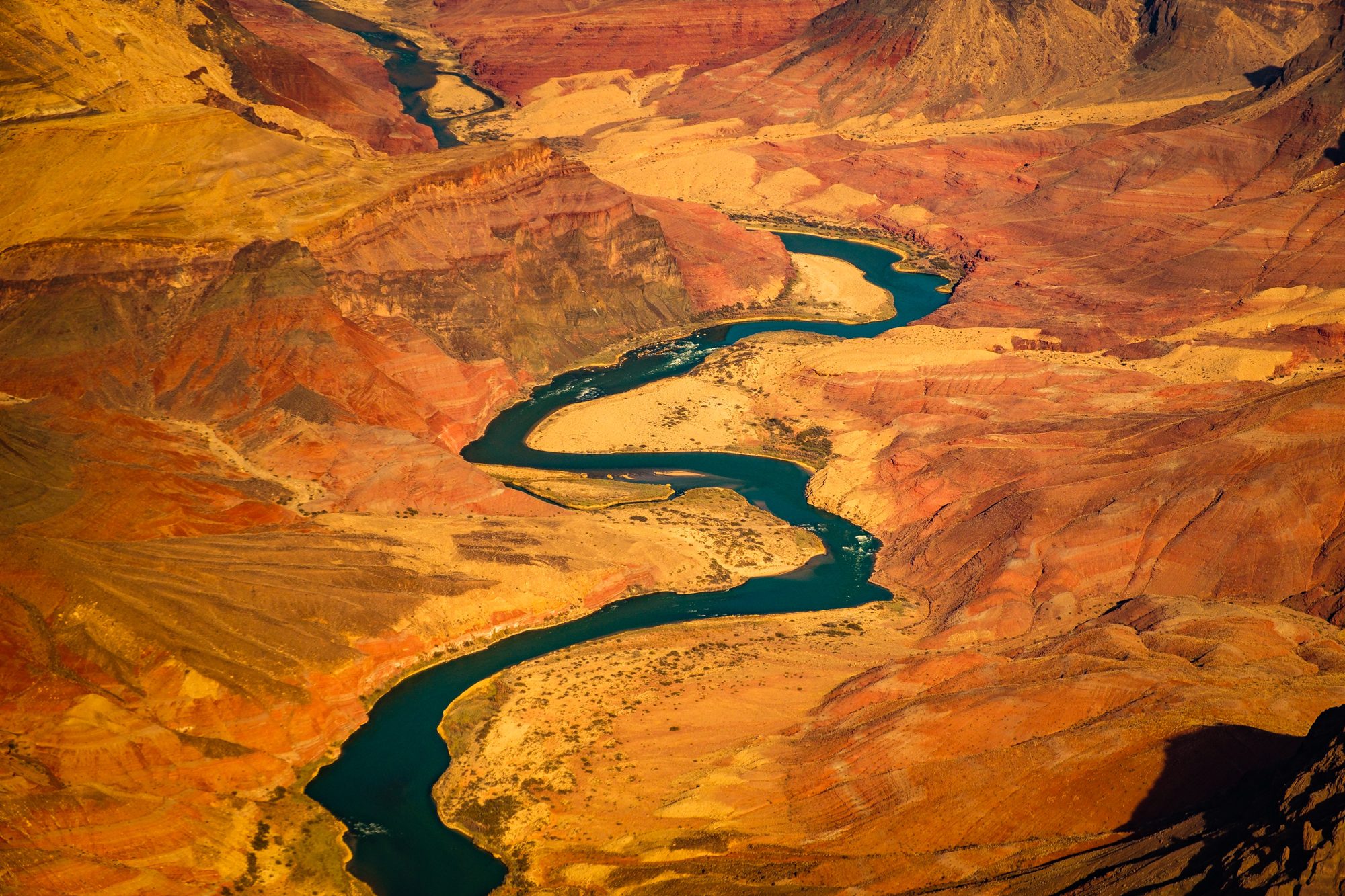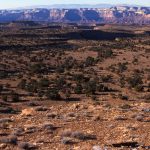- Colorado River flows have dropped 20 percent since 2000.
- Non-governmental organizations propose nine reforms to reduce conflict and waste.
- Calls include curtailment plans, data improvements, and farm resilience.
- Groundwater and surface water must be managed together.
Friday, October 3, 2025 — A new report released this week by the Great Basin Water Network (GBWN) and partner organizations warns that the Colorado River is facing a long-term crisis that demands immediate reform. The river, which supplies nearly 40 million people, has already lost 20 percent of its average natural flows in the past quarter century. Scientists caution that another 20 percent decline is possible in the coming decades.
that demands immediate reform. The river, which supplies nearly 40 million people, has already lost 20 percent of its average natural flows in the past quarter century. Scientists caution that another 20 percent decline is possible in the coming decades.
The groups argue that continued overuse and mismanagement threaten not only cities within the watershed but also major metropolitan areas like Los Angeles, Denver, and Albuquerque, which depend on imported supplies.
Nine Recommendations for the Basin.
The report, titled “There’s No Water Available,” outlines nine proposals intended to reduce conflict and stabilize the system:
-
No new dams or diversions. With more than 1,000 projects already in place, additional infrastructure would divert scarce supplies away from existing rights holders.
-
Curtailment plans for all states. While Lower Basin states have agreed to shortage-sharing schedules, the Upper Basin lacks a clear reduction plan despite increasing consumption.
-
Better data and accounting. Officials lack consistent ways to track evaporative and seepage losses, which amount to more than a million acre-feet annually.
-
Fix Glen Canyon Dam’s infrastructure. Outdated “antique plumbing” could limit downstream deliveries to 25 million people if Lake Powell drops too low.
-
Curtail junior users to meet tribal rights. Senior tribal rights, recognized under federal law, remain under-delivered across much of the basin.
-
Reduce municipal waste and expand reuse. Cities outside the watershed, such as Los Angeles and Denver, must invest in conservation and recycling rather than new imports.
-
Protect endangered species. Native fish populations, including the Humpback Chub, remain at risk from dams, invasive predators, and fluctuating flows.
-
Support farm resilience. Agriculture consumes over half of the river’s supply. Report authors recommend crop changes, advanced irrigation, and leasing options to balance farm and urban needs.
-
Recognize groundwater-surface water connections. Groundwater losses are now estimated at 1.3 million acre-feet per year, directly affecting river flows.
A Call for Shared Responsibility.
The report emphasizes that solutions do not require rewriting the 1922 Compact or other governing laws. Instead, it calls for a shift in mindset, urging all users to cut waste and adopt conservation measures. “There are allocations of water on paper, and there are drops of water on the surface and in the ground. We must reconcile the differences between what truly exists in reality and what is a construct of the human mind,” the report concludes.
emphasizes that solutions do not require rewriting the 1922 Compact or other governing laws. Instead, it calls for a shift in mindset, urging all users to cut waste and adopt conservation measures. “There are allocations of water on paper, and there are drops of water on the surface and in the ground. We must reconcile the differences between what truly exists in reality and what is a construct of the human mind,” the report concludes.
About the Great Basin Water Network.
The Great Basin Water Network is a coalition of conservation groups, tribal governments, family ranchers, and local officials formed to protect water resources in the Great Basin and across the West. For more than three decades, the organization has opposed large-scale diversion projects and advocated for conservation measures that safeguard both people and ecosystems. Its partners include tribes such as the Ely Shoshone and Confederated Tribes of the Goshute Reservation, as well as agricultural and environmental organizations throughout Nevada, Utah, and neighboring states.
is a coalition of conservation groups, tribal governments, family ranchers, and local officials formed to protect water resources in the Great Basin and across the West. For more than three decades, the organization has opposed large-scale diversion projects and advocated for conservation measures that safeguard both people and ecosystems. Its partners include tribes such as the Ely Shoshone and Confederated Tribes of the Goshute Reservation, as well as agricultural and environmental organizations throughout Nevada, Utah, and neighboring states.
Upcoming Deadline.
Federal officials and the seven basin states face a 2026 deadline to finalize new operating rules for the river’s major reservoirs. GBWN hopes its recommendations will inform those negotiations, which are expected to shape management for decades.
FAQ
Why is the Colorado River losing water?
Scientists cite higher temperatures, erratic precipitation, and reduced snowpack as major drivers. Human overuse and groundwater pumping further deplete supplies.
What is curtailment?
Curtailment means reducing water use in priority order under the “first in time, first in right” system of western water law. Junior users typically face cuts before senior rights holders.
Why is Glen Canyon Dam a concern?
If Lake Powell falls below certain levels, the dam’s outlet works may not be able to deliver legally required flows downstream, threatening millions of people and farms.
How do tribal rights factor in?
Tribes collectively hold rights to about 25 percent of the river’s supply, but many have yet to receive their full allocations due to infrastructure and legal barriers.
What role does agriculture play?
Agriculture accounts for more than half of consumptive use. The report urges investments in efficiency and resilience so farms can adapt while still producing food.



